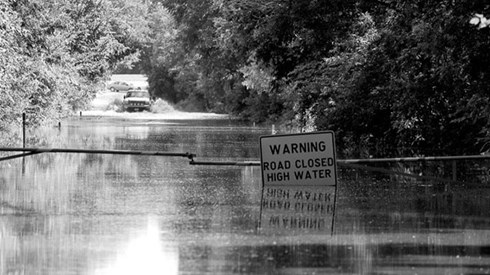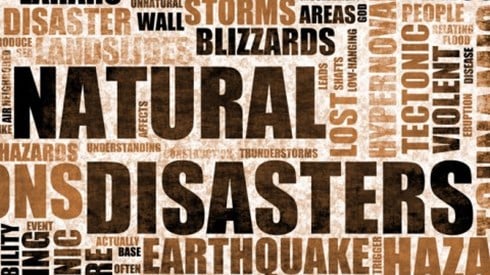US Flood Risks Are Increasing but Can Be Reduced, New Paper Suggests

April 30, 2021

Major US flood events could grow over the next 30 years even as insurers and public policymakers improve their ability to reduce flood risks, according to a new paper from the Insurance Information Institute (Triple-I).
The Triple-I paper, "Flood: Beyond Risk Transfer," suggests that the increasing frequency and severity of US flood events have serious implications for property values, insurance rates, and mortgage-backed securities. Despite government efforts, the current approach to flood risk is insufficient, according to the paper.
"Our understanding of loss trends and expertise in assessing and quantifying risk must be joined at the hip to technology, public policy and finance, and science," Triple-I CEO Sean Kevelighan said in a statement. "We need to partner with communities and businesses at every level to promote a broad resilience mindset focused on pre-emptive mitigation and rapid recovery."
The Triple-I paper includes information on flood loss trends and factors driving them, and how improved data and analytical tools are helping communities and policymakers. The paper also examines how insurers and reinsurers are expanding flood insurance coverage.
The Triple-I noted that flood was long considered an untouchable risk by private insurers, leading to the US government's creation of the National Flood Insurance Program (NFIP) in 1968. Now, however, improved data analytics and sophisticated catastrophe modeling have allowed private insurers to become more comfortable writing flood coverage. The proliferation of those private market products should improve the availability and affordability of flood coverage, according to the Triple-I paper.
The paper cautions that risk transfer is only part of the solution to managing the impact of flooding, noting recent developments in preventing and mitigating flood damage to property.
The insurance industry can play a wider role in reducing risk by working with governments to promote improvements in zoning, land use, and building codes, according to the Triple-I paper, while better data is essential to better decision-making and identifying new risk mitigation opportunities.
April 30, 2021




